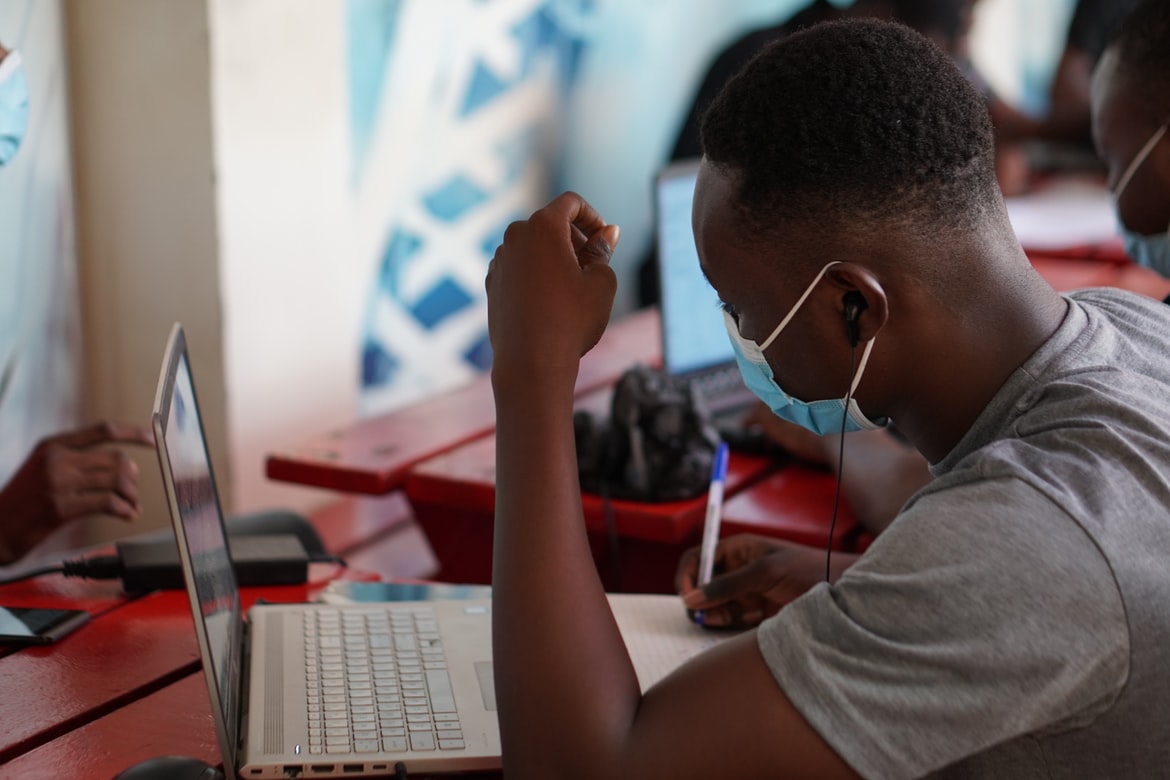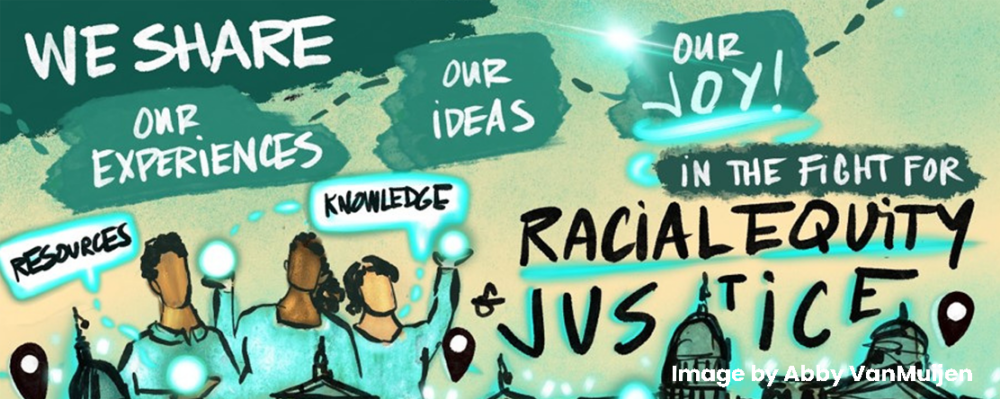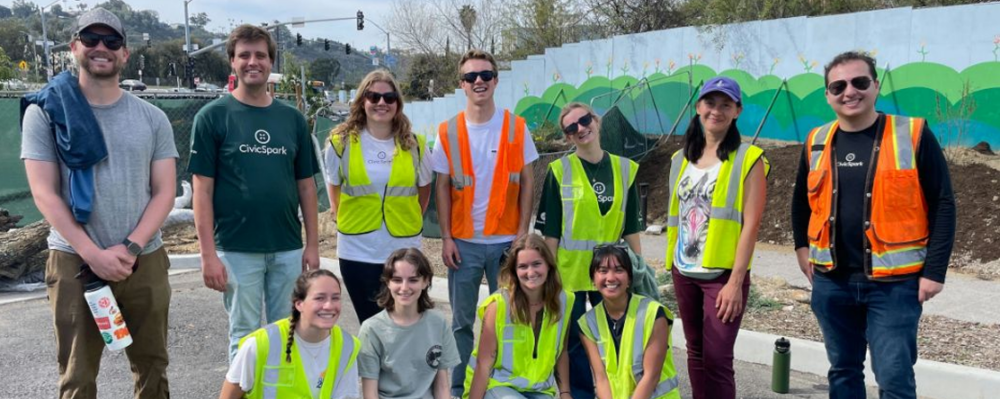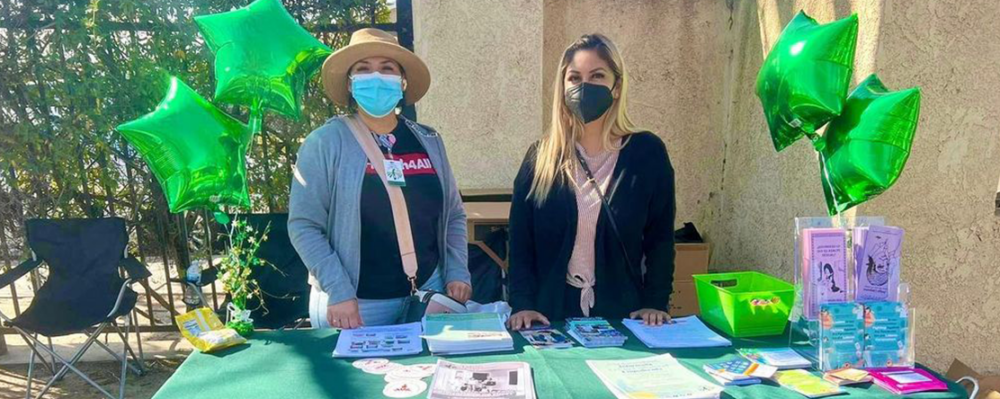
“We need to act now to keep students safe”: PHI Statement on CA School Vaccine Guidance

Statement from Mary A. Pittman, CEO and President, Public Health Institute
“Today the California Governor announced a statewide school COVID-19 vaccine mandate, making California the first state in the country to include COVID-19 vaccines among its list of required vaccines for eligible school-aged children. Implementation would come after full FDA approval.
“The Public Health Institute supports this statewide science and evidence-based effort to protect the health and safety of California’s students, their families and their communities, but families need a faster timeline than that laid out by the governor today.
“Vaccines are safe, free and the best way to end this pandemic. They are so safe, in fact, and the need to protect communities so dire, that we encourage local health officers, school districts and the state legislature to move forward with requirements for age-eligible children more expeditiously. They should follow the lead of Los Angeles, San Diego, Oakland and other California school districts, and immediately implement vaccine mandates under the current FDA emergency use authorization. The Governor encouraged and supported local action and authority and we support school districts that have moved forward with stronger vaccination mandates or plan to do so. Our children need to be in school, learning, and vaccine requirements make that possible.
“As one of the state’s leading partners on vaccine equity, through our Together Toward Health and WeVax+ vaccine access initiatives, we also encourage the state to prepare now and deepen efforts to make sure vaccines are highly accessible to all. We are proud that California has among the highest vaccination rates in the country, and there are still pockets where vaccine uptake is low.
“We must continue to implement the vaccine strategies we know work best, with an emphasis on equity and access: trusted community messengers, primary language materials and outreach, vaccine availability on evenings and weekends, and paid time off for vaccines and recovery. We should prioritize these resources and vaccines in the California schools and surrounding neighborhoods where need is greatest, including not just students but their family members and neighbors in outreach efforts.
“We must also continue to stay vigilant about monitoring and protecting all staff and students, through school-based testing, contact tracing, masking and school ventilation efforts, as we move through this stage of the pandemic. Through our Safely Opening Schools testing initiative, we continue to support best practices for schools to capture and contain any cases that may still arise. Together these steps can help keep our schools operating in-person more safely and protect equity in education and health for our students, staff and their families.
“California is leading the country in making bold, brave and science-based recommendations that prioritize health and recovery, but we need to act more quickly to protect our students and their families.”
More Updates
Work With Us
You change the world. We do the rest. Explore fiscal sponsorship at PHI.
Support Us
Together, we can accelerate our response to public health’s most critical issues.
Find Employment
Begin your career at the Public Health Institute.



